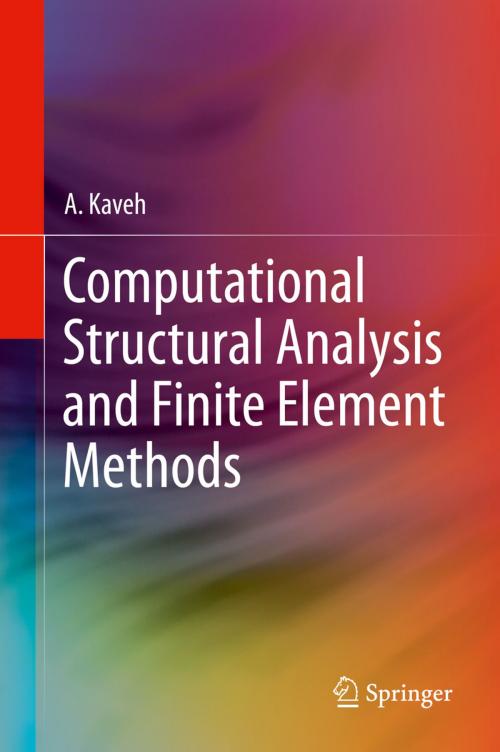Computational Structural Analysis and Finite Element Methods
Nonfiction, Science & Nature, Mathematics, Graphic Methods, Science, Physics, Mechanics, Technology| Author: | A. Kaveh | ISBN: | 9783319029641 |
| Publisher: | Springer International Publishing | Publication: | December 11, 2013 |
| Imprint: | Springer | Language: | English |
| Author: | A. Kaveh |
| ISBN: | 9783319029641 |
| Publisher: | Springer International Publishing |
| Publication: | December 11, 2013 |
| Imprint: | Springer |
| Language: | English |
Graph theory gained initial prominence in science and engineering through its strong links with matrix algebra and computer science. Moreover, the structure of the mathematics is well suited to that of engineering problems in analysis and design. The methods of analysis in this book employ matrix algebra, graph theory and meta-heuristic algorithms, which are ideally suited for modern computational mechanics. Efficient methods are presented that lead to highly sparse and banded structural matrices. The main features of the book include: application of graph theory for efficient analysis; extension of the force method to finite element analysis; application of meta-heuristic algorithms to ordering and decomposition (sparse matrix technology); efficient use of symmetry and regularity in the force method; and simultaneous analysis and design of structures.
Graph theory gained initial prominence in science and engineering through its strong links with matrix algebra and computer science. Moreover, the structure of the mathematics is well suited to that of engineering problems in analysis and design. The methods of analysis in this book employ matrix algebra, graph theory and meta-heuristic algorithms, which are ideally suited for modern computational mechanics. Efficient methods are presented that lead to highly sparse and banded structural matrices. The main features of the book include: application of graph theory for efficient analysis; extension of the force method to finite element analysis; application of meta-heuristic algorithms to ordering and decomposition (sparse matrix technology); efficient use of symmetry and regularity in the force method; and simultaneous analysis and design of structures.















